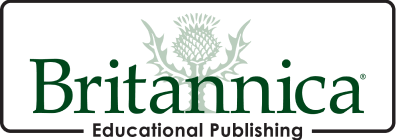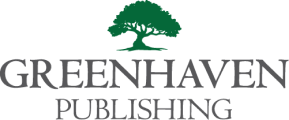
Classification of Living Organisms
We have been trying to classify living organisms throughout history. Through this enthralling narrative, students learn about the early methods used to classify living things, including those of Aristotle, Andrea Cesalpino, Gasphard and Johann Bauhin, John Ray, Carl Linnaeus, and Charles Darwin. Evolutionary relationships, studied in the field of phylogenetics, are also investigated. Readers learn about phylogenetic trees, dichotomous keys, convergence, divergence, parallelism, and about cladistic analysis. Students discover that the science of classification is ever-changing, and find out about the addition of kingdoms. Archaea, bacteria, and eukaryotes are also covered.
* Reviews *
Series Review: Understanding Genetics"College-track students will find these meaty surveys just the ticket. The books provide information about codons and anticodons, gametes, alleles, and phylogenetic "domains," and give a detailed picture of the development of the science of genetics and our current understanding of genetic mechanisms...Illustrations include helpful charts, microphotos, portraits of scientists, and color photos; extensive back matter provides plenty of support for further research."
--School Library Journal
"These hi/lo resources, with liberal use of color illustrations, color sidebars, subsections labeled in bold color fonts, and patterns of chemical bonds as backgrounds, will appeal to less able and reluctant readers... Overall, this series with its clear explanations and organization, is a good resource for the struggling reader."
--Library Media Connection















